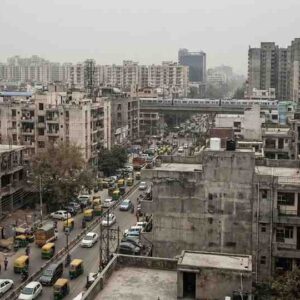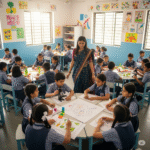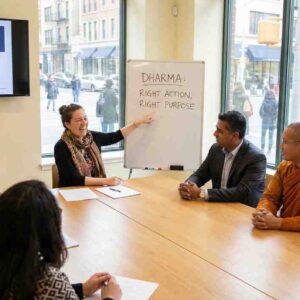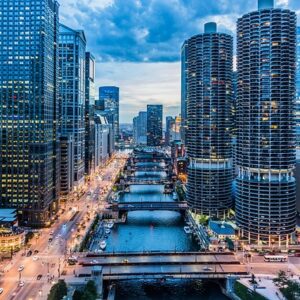Examining How Protests and Movements Are Shaping Young Leaders in India’s Democracy
- Youth Demographics: Over 65% of India’s population is under 35, forming the backbone of protests and social movements.
- Protest Participation: Youth constituted over 70% of participants in movements like the 2020 anti-CAA protests and 2019 climate strikes in India.
- Digital Activism: Platforms like Twitter and Instagram amplify campaigns with hashtags such as #FarmersProtest and #MeTooIndia, driving global attention.
News Body
In India’s evolving democracy, youth activism has emerged as a powerful force for change. From climate strikes and gender justice campaigns to protests against controversial policies, young Indians are increasingly using activism to challenge authority and demand accountability. This raises a critical question: are protests becoming the new pathway to political power for India’s youth?
Protests as Platforms for Leadership
Historically, protests have been a breeding ground for future leaders in India. Icons like Mahatma Gandhi and Jawaharlal Nehru emerged from anti-colonial movements, while contemporary leaders such as Arvind Kejriwal transitioned from activism during the India Against Corruption movement to political leadership.
Recent examples further highlight this trend. Youth-led protests against the Citizenship Amendment Act (CAA) in 2020 saw young leaders like Sharjeel Imam and Safoora Zargar gain prominence, albeit amid controversy. Similarly, the 2021 Farmers’ Protest showcased the ability of young activists to mobilize large-scale support, bringing critical issues to the forefront of national discourse.
Digital Activism: The New Arena
Social media has revolutionized activism, enabling young Indians to amplify their voices beyond geographic boundaries. Campaigns like#SaveTheInternetand#FridaysForFutureIndiahave united youth around issues such as digital rights and climate change.
Digital platforms have also made it easier for young activists to engage directly with political leaders and policymakers, blurring the lines between activism and governance. However, this accessibility comes with risks, as misinformation and trolling often undermine constructive dialogue.
Challenges on the Path to Power
While activism provides a platform for visibility, transitioning from protest to politics is fraught with challenges. Many young activists face allegations of partisanship or anti-national sentiment, especially when their movements clash with government policies. This politicization of protests can hinder their credibility and alienate potential supporters.
Additionally, systemic barriers such as high campaign costs and entrenched political dynasties make it difficult for grassroots activists to enter formal politics. Young leaders often find themselves marginalized within party structures that prioritize seniority and loyalty over merit.
The Urban-Rural Divide
A significant aspect of youth activism in India is the urban-rural divide. While urban youth leverage digital platforms to organize and amplify protests, rural activists often rely on traditional methods of mobilization, such as local meetings and marches. Bridging this gap is crucial for creating inclusive movements that represent the aspirations of all young Indians.
The Role of Government Schemes
Government initiatives like theNational Service Scheme (NSS)andSkill India Missionaim to channel youth energy into nation-building activities, offering alternatives to protest-based activism. While these programs focus on creating responsible citizens, their effectiveness in addressing systemic issues remains a subject of debate.
Conclusion
Youth activism in India is undoubtedly shaping the nation’s democratic landscape, providing a platform for young voices to challenge authority and demand change. While protests have become a powerful tool for raising awareness and holding leaders accountable, the transition from activism to formal political power remains a steep climb for most young leaders.
As India navigates this intersection of youth and politics, fostering an environment where activism is valued as a legitimate pathway to leadership will be crucial. For protests to truly pave the way to political power, systemic reforms and inclusivity in governance must become priorities, ensuring that the energy and aspirations of India’s youth translate into lasting impact.












